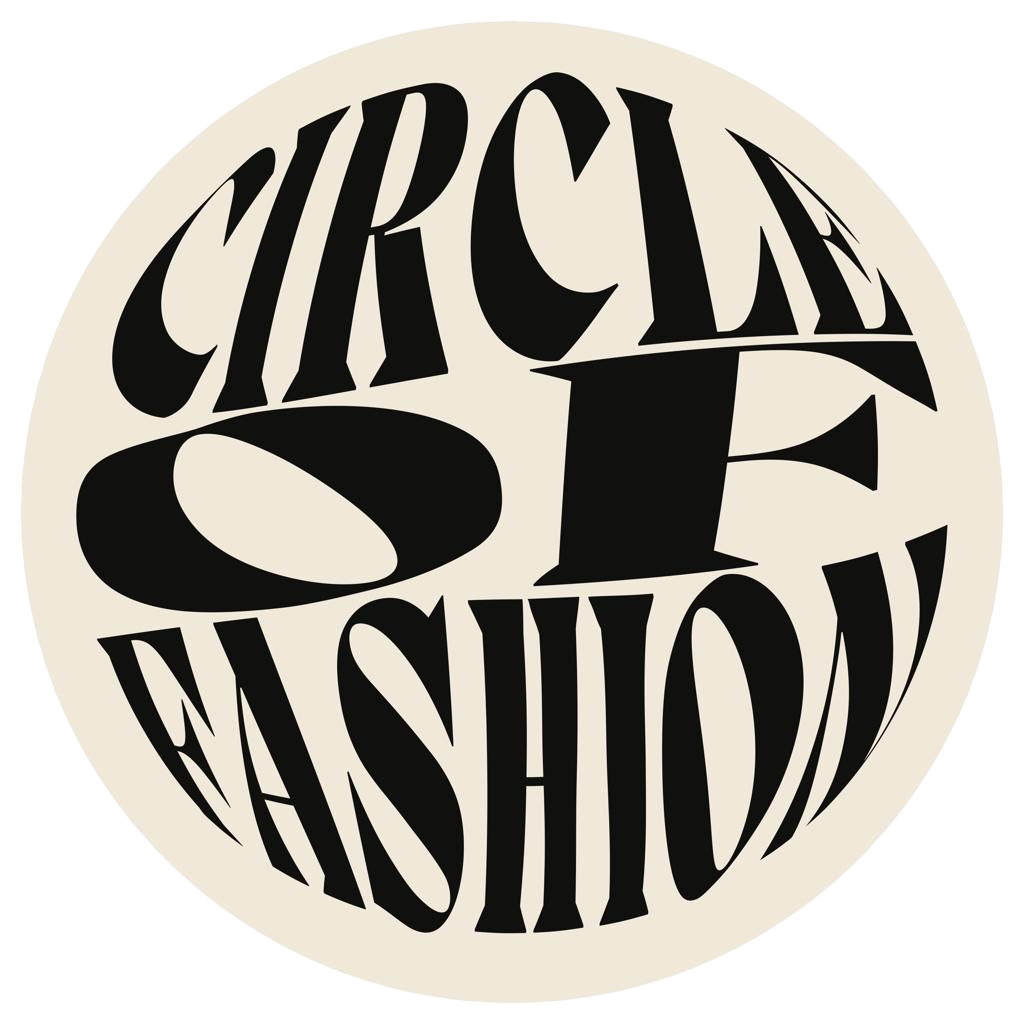Zoё Frantz
Edited by Leah Champagne
Although the days of going to the beach and being by the water are coming to an end, one residual effect of summer that I have noticed is the sudden resurgence in boat shoes. An extension of the more broad coastal style, I must say I am a little wary of this trend. For me, it harks back to middle school, when everyone wore the same pair of tan Sperry Topsiders and neon Nike basketball socks. However, I have noticed new variations of the boat shoe, including a stacked sole, a variety of materials including suede, and way more colourways than I ever saw as a tween. Furthermore, other brands have been producing their twist on the boat shoe, such as Timberland and Louis Vuitton. No matter the case, this isn’t the first time we’ve seen boat shoes make a splash. With this in mind, I have many thoughts about boat shoes’ apparent resurgence for Fall 2024. But before I share those, I will step back and share the history of coastal style, and compare the boat shoe to similar silhouettes, including the penny loafer and derby shoe.
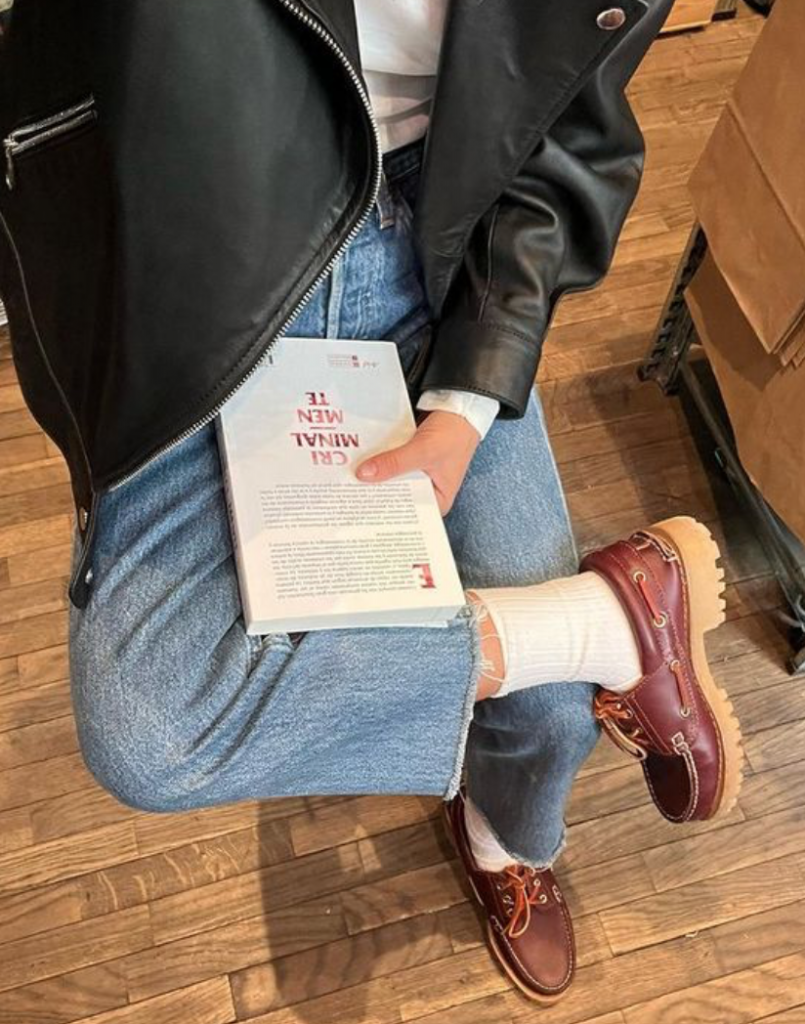
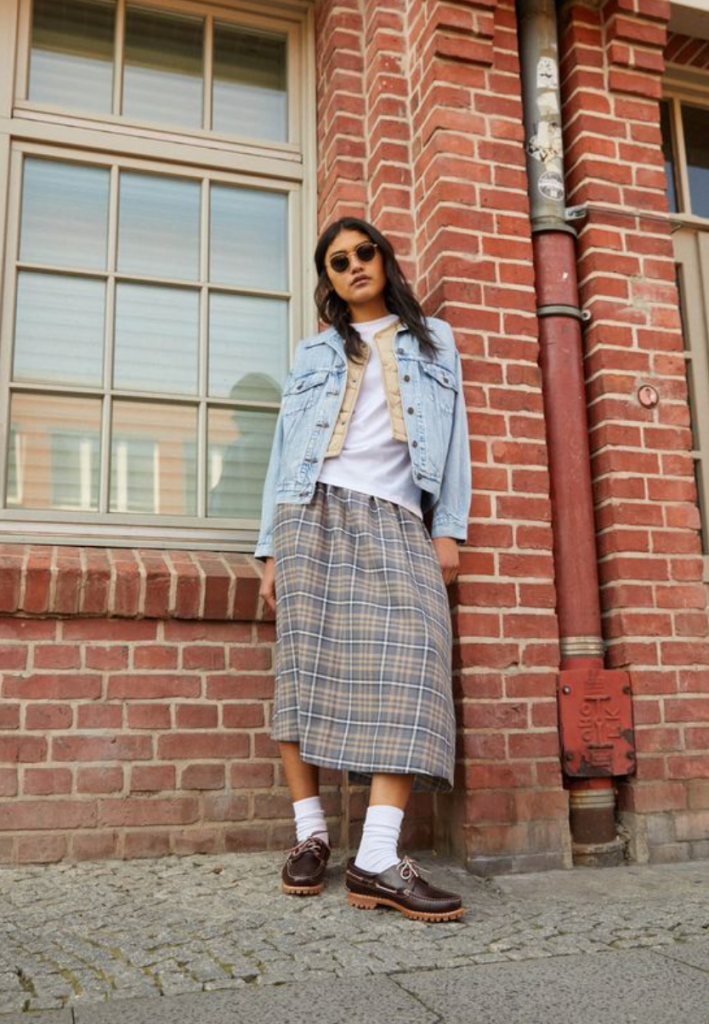
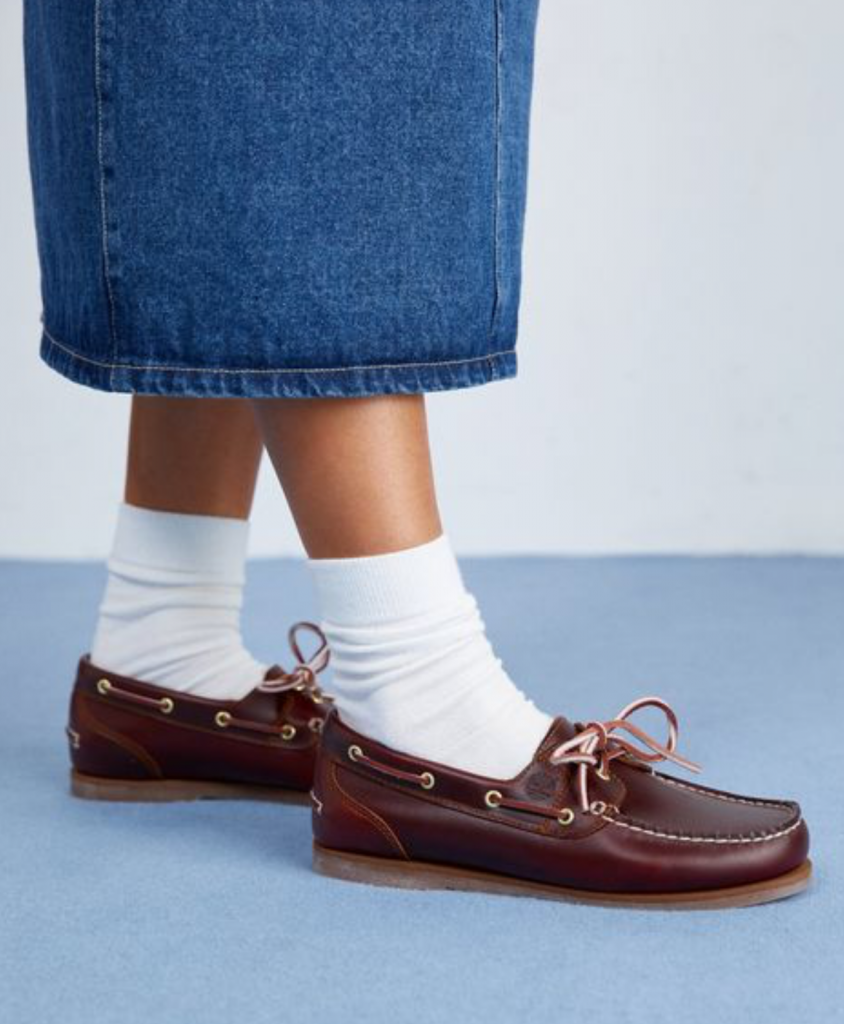
What is ‘Coastal style’? And where did it come from?
‘Coastal style,’ sometimes also called ‘nautical style,’ refers to a style of dress which emphasizes items of clothing often associated with luxury, sailing, and being near the beach – this includes flowy silhouettes such as baggy tunics and wide-leg/palazzo pants. It is characterized by a fairly neutral colour palette which includes bright whites, sandy browns, earthy greens and blues, tans, and navy. Garments are often made with very breathable fabrics, such as linen and cotton. It usually doesn’t pay much focus to a great deal of accessorizing but when it does, it often entails woven bags and hats as well as minimal gold or silver jewelry. It may also use ‘beachy’ patterns, including those of tropical leaves and sea life. Finally, ‘coastal style’ also extends to interior design, which once again focuses on a neutral colour palette and beachy themes.
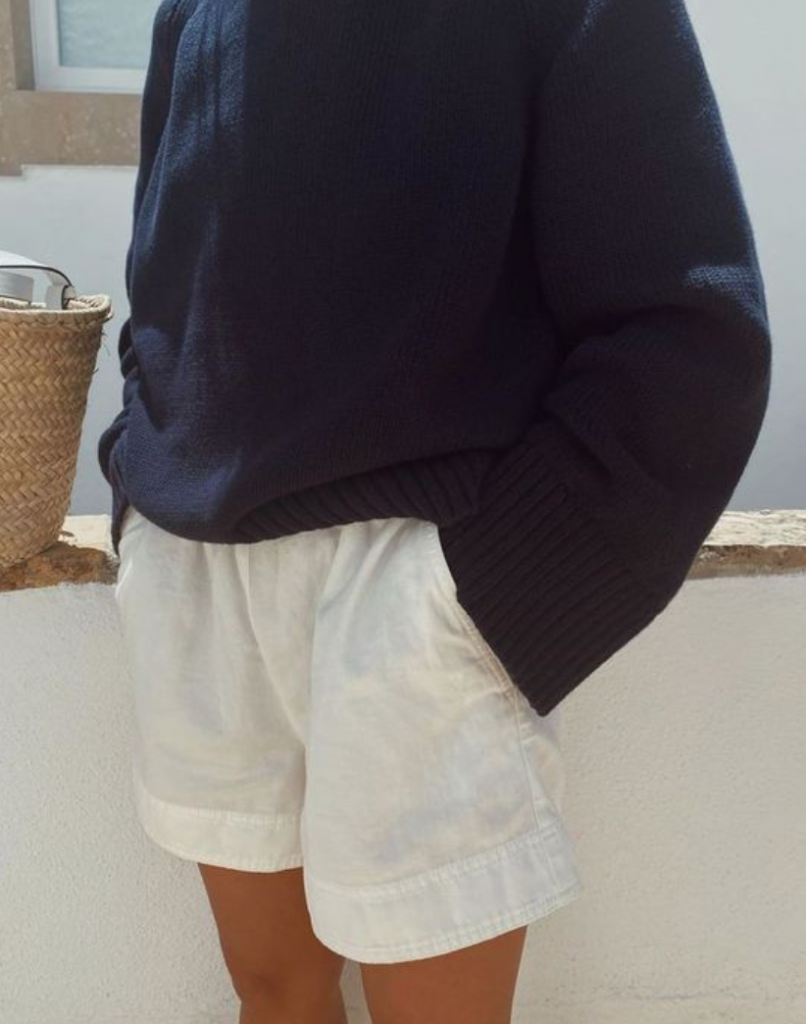
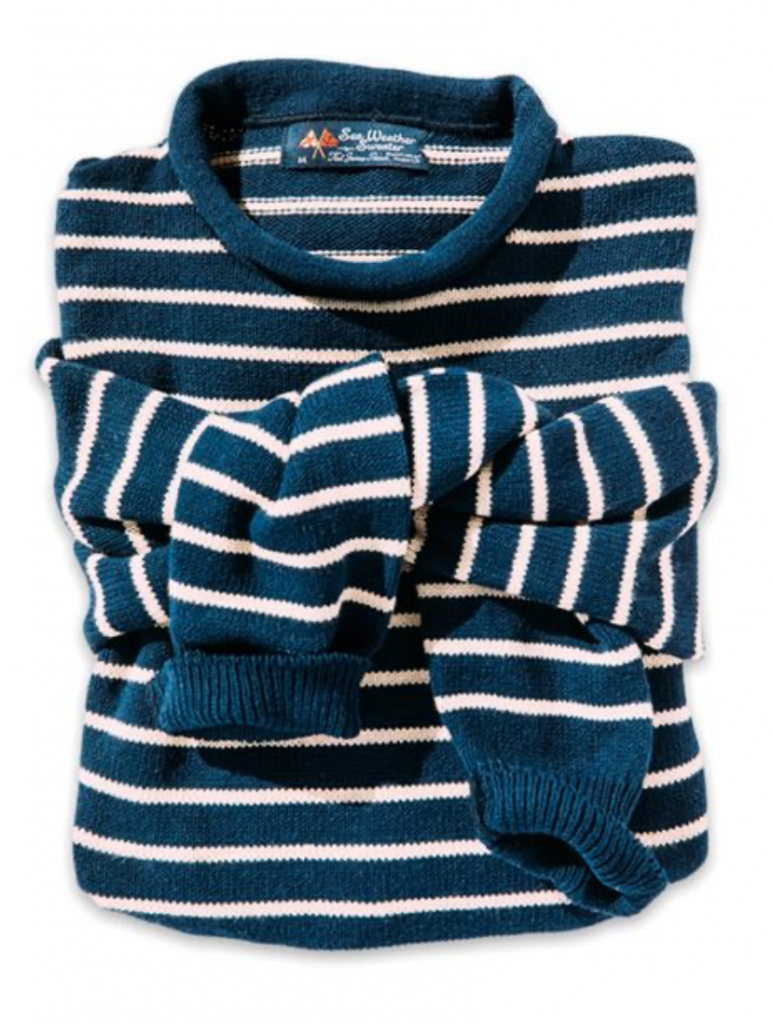
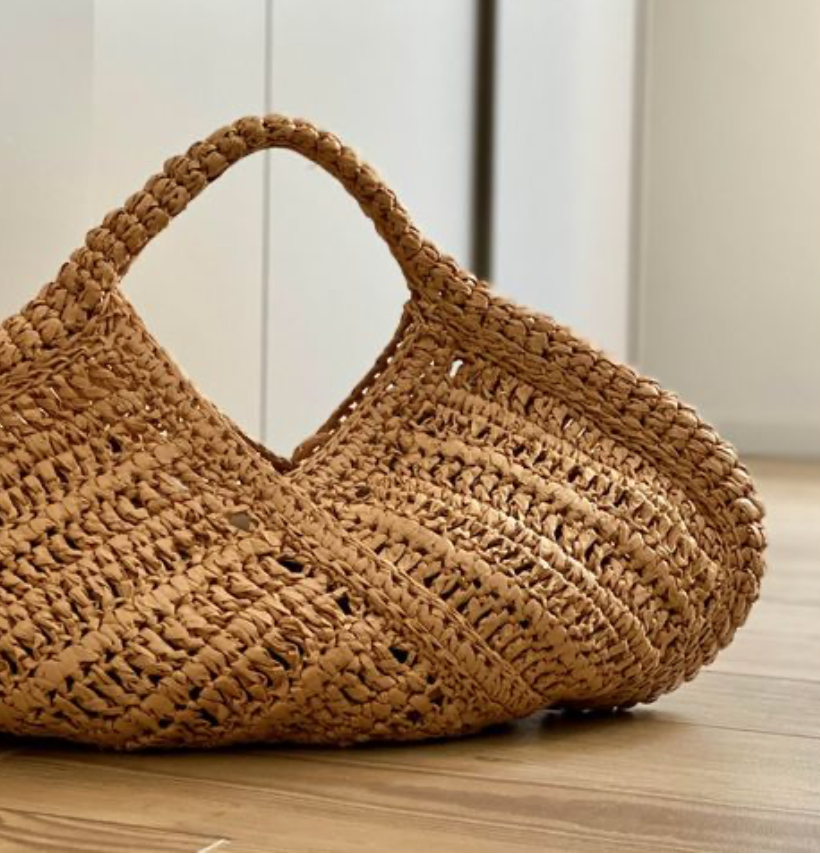

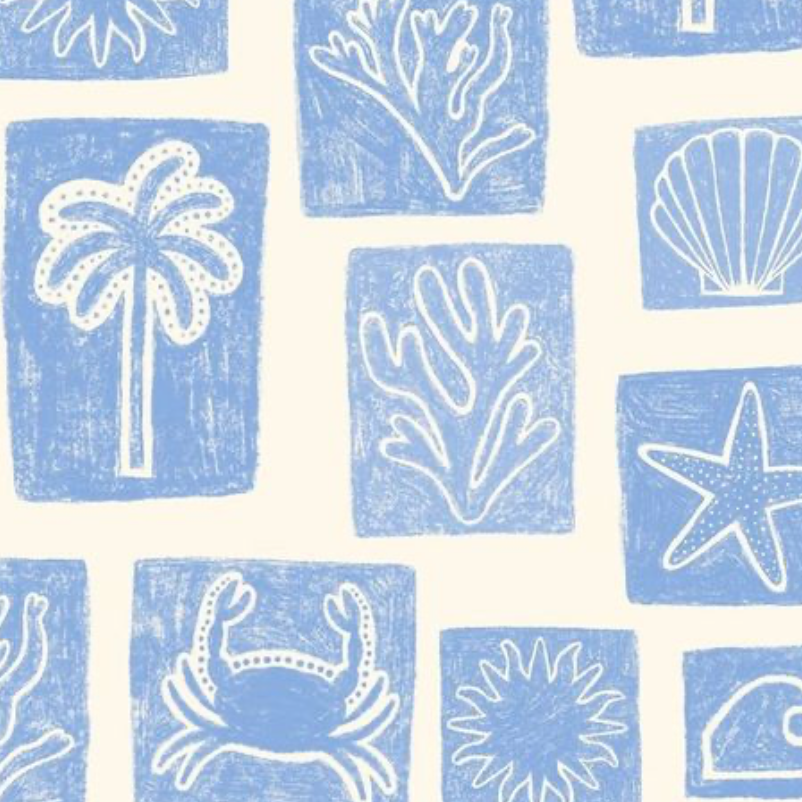
Queen Victoria seems to have been the catalyst of coastal style; back in 1846, she commissioned a sailor uniform made for her young son Albert Edward, Prince of Wales, while they were on the royal yacht (Royal Museums Greenwich). It was meant as a surprise for her husband, Prince Albert, and he was so pleased that he commissioned Franz Xaver Winterhalter, a German artist, to paint a portrait of his son in the uniform (Royal Museums Greenwich). This caused a ripple effect across the UK’s affluent classes, and it soon became a mark of status among Brits. Later on, naval style also represented a way to show off national pride, showing as a sign of respect and solidarity for the Royal Navy in World Wars One and Two (Royal Museums Greenwich). Similarly, in France, the “Breton stripe” was popularized after fishermen began wearing tightly knit wool sweaters to protect their skin from the elements while on fishing expeditions (Condé Nast Traveler). The pattern emerged in Brittany, a northwestern coastal region in France known for its fishing (Condé Nast Traveler).
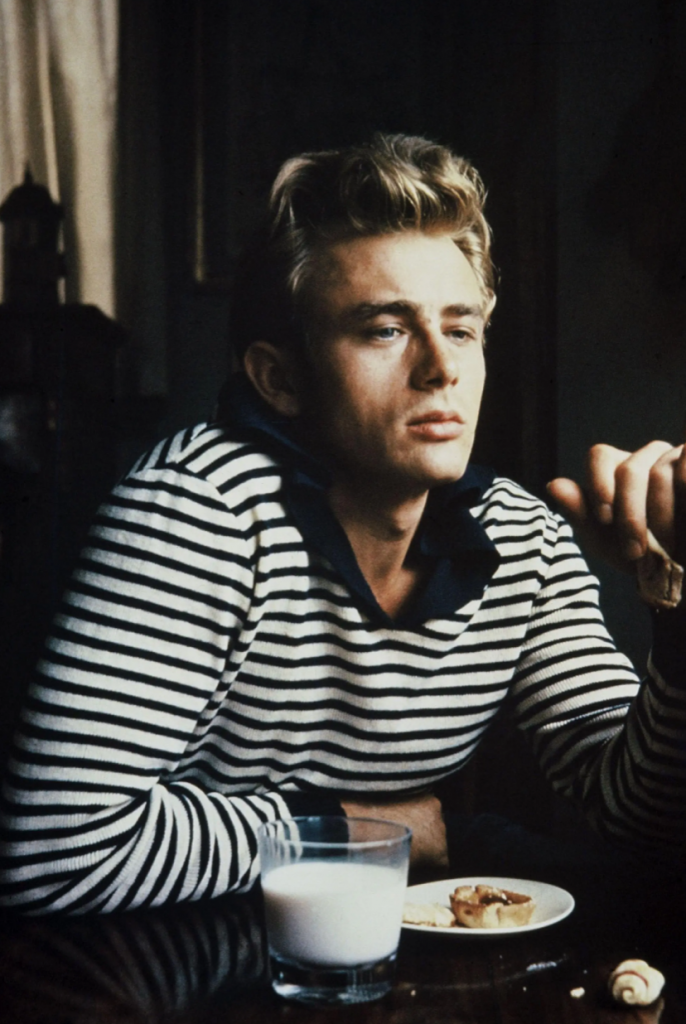
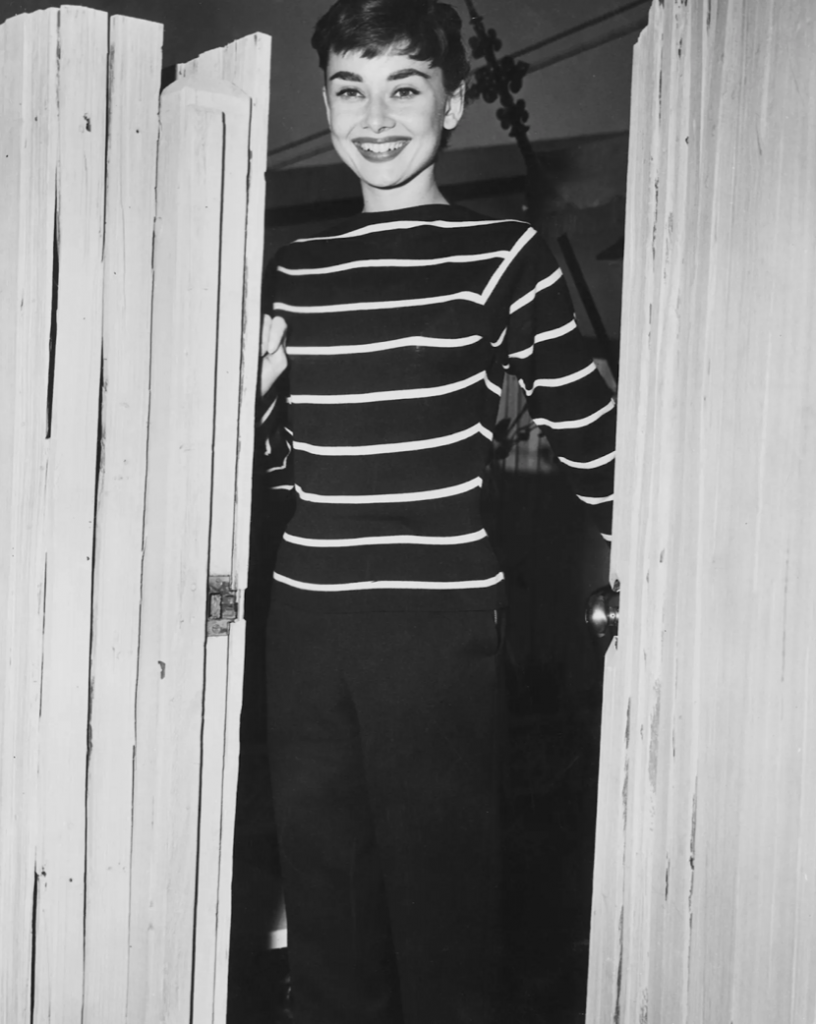
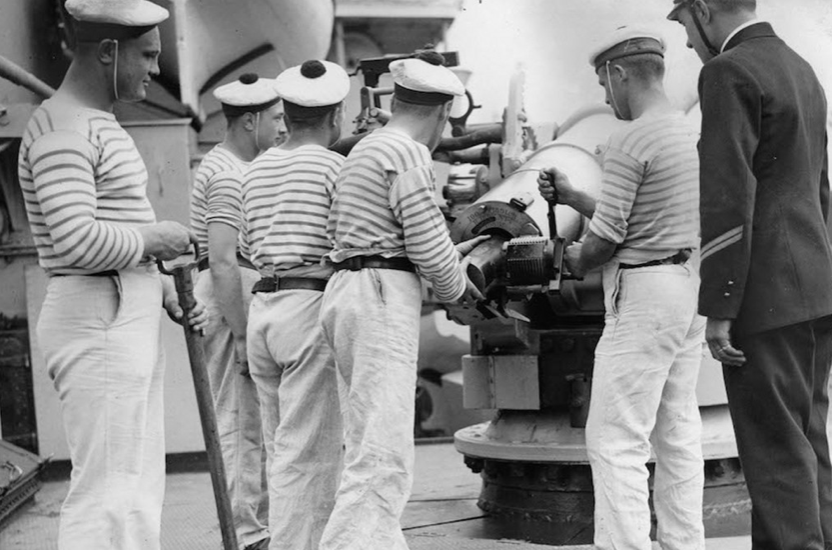
By the 1970s, nautical styles of dressed were becoming widespread as rock artists such as David Bowie and T-Rex’s Marc Bolan fostered more glamorous and androgynous styles, which included certain nautical elements (Royal Museums Greenwich), such as Bolan’s sailor jumpsuit for one performance. Later on, we see Adam Ant take inspiration from Vivienne Westwood’s 1981 catwalk collection in fostering the “New Romantic” style of dress (Royal Museums Greenwich). This included once again many elements associated with sailing, although Ant’s renditions seem to take inspiration from historical military uniforms while the Westwood line seems to be tipping more into a ‘pirate’ theme.
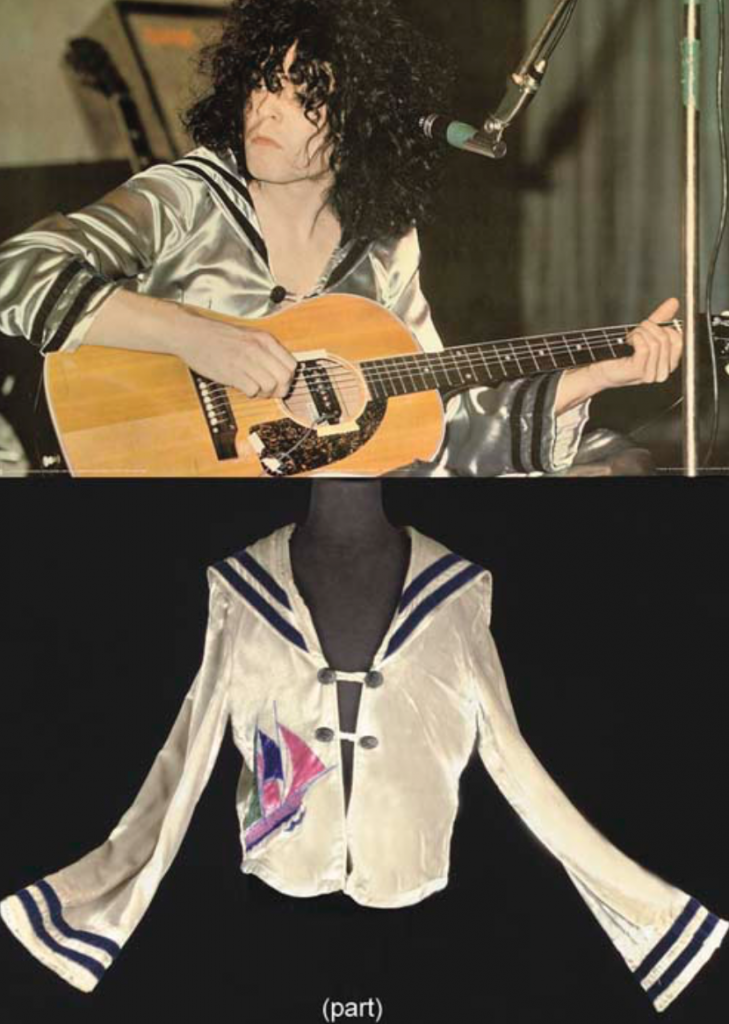
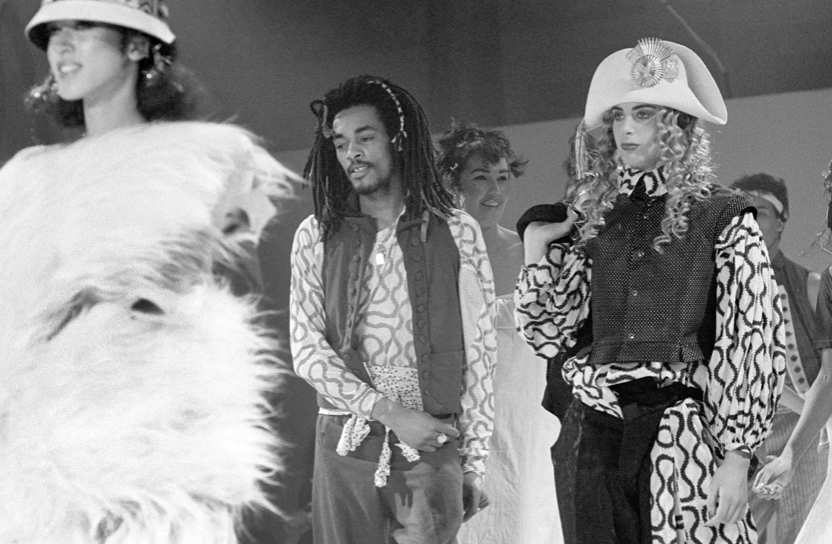
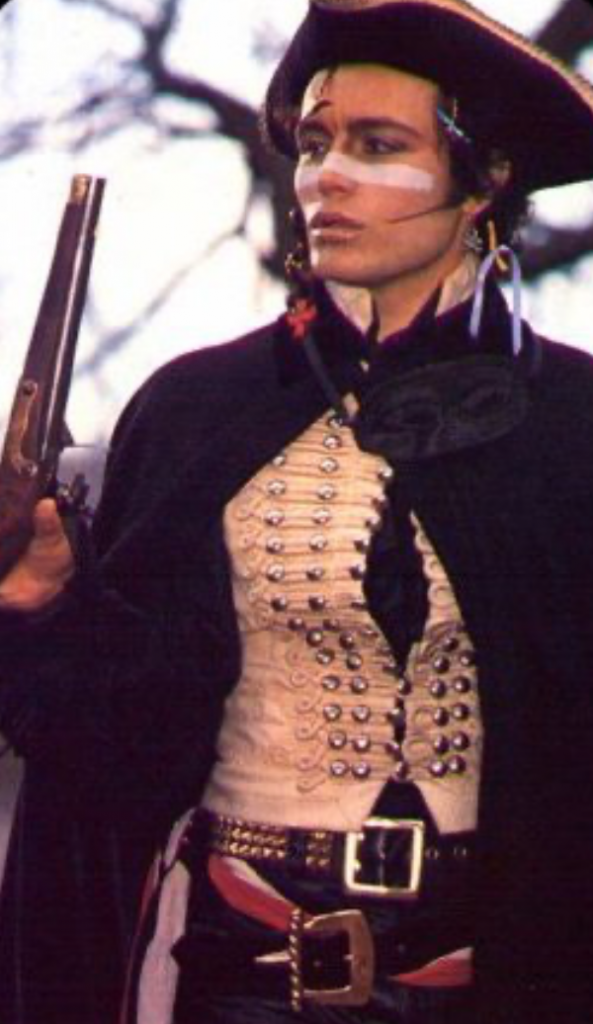
Today, coastal style seems to be going in a more understated direction – as mentioned, its colour palette is less dark compared to rocker interpretations and is perhaps less outwardly nautical. Instead, it is a light and beachy style of dress implemented by the general public in more restrained ways, such as in preppy styles of dress with boat shoes or sailor dresses, or loungewear/casualwear with linen pants.
Spot the Difference: Boat Shoes vs. Loafers vs. Derbies
One thing that can be confusing with regard to coastal style is differentiating between boat shoes and some of their sister silhouettes, particularly penny loafers and derbies. There are definitely some key differences, although the styles are quite similar…
To begin, boat shoes are by their very nature designed to be worn on a boat (although for many people, they are simply a fashion statement). They are characterized by their non-marking rubber soles, so as to not scuff the boat’s deck, while also being grippy so that the user does not slip on any water that may get on the boat (Jefferson Beach Yacht Sales). They also have the customary lace-up detail, which usually consists of four eyelets (two on each side) and a leather lace that can be tied to secure the shoe in place (Jefferson Beach Yacht Sales). Finally, most of the time boat shoes have a low profile sole, flat sole, and leather or canvas upper sole to withstand the elements (Jefferson Beach Yacht Sales).
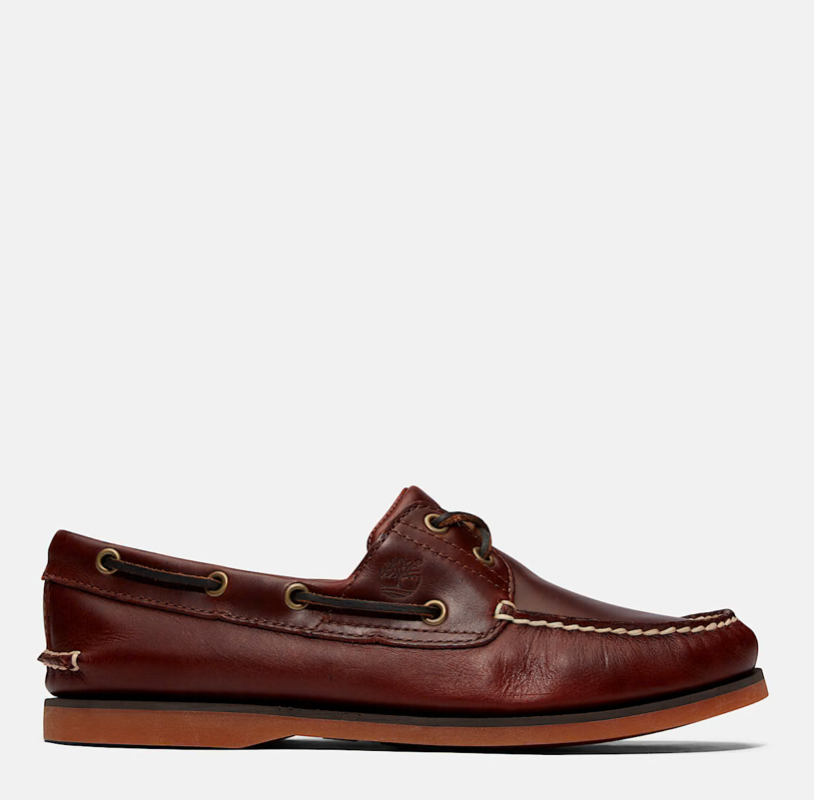
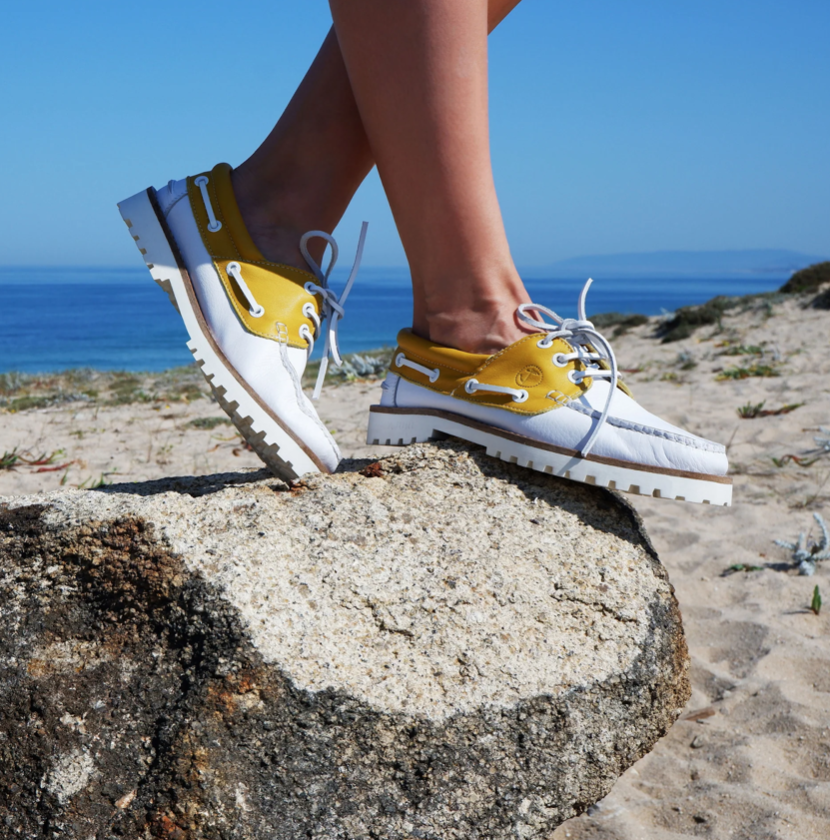
In contrast, while derbies also have an open lace closure (their quarters, like a boat shoe, are on top of the vamp, Oliver Sweeney), they usually have more eyelets (10 on each shoe) and the laces are usually made of polyester or cotton. Furthermore, derby shoes may have broguing (embossing and/or stitching that resembles a filigree pattern) on their toes, uppers, or quarters. They also can be made of leather or potentially suede, unlike boat shoes. Additionally, the derby sole usually has visible stitching to where it connects with the rest of the shoe. They are widely regarded as a more formal or ‘dressy’ shoe (although Doc Marten makes a more casual derby), especially when compared to a boat shoe, while still being slightly different from an oxford.
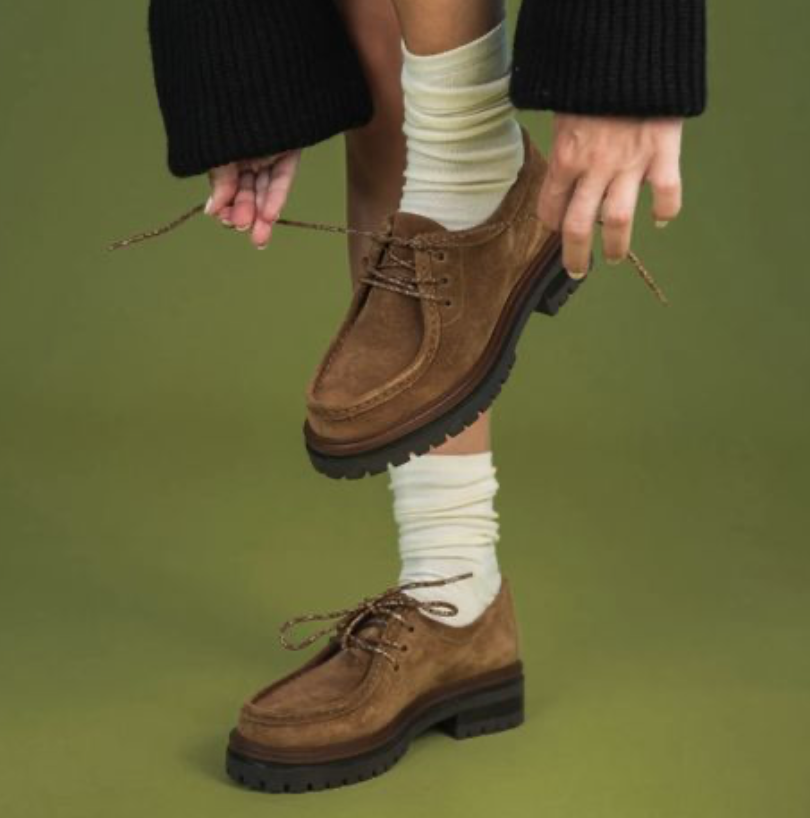
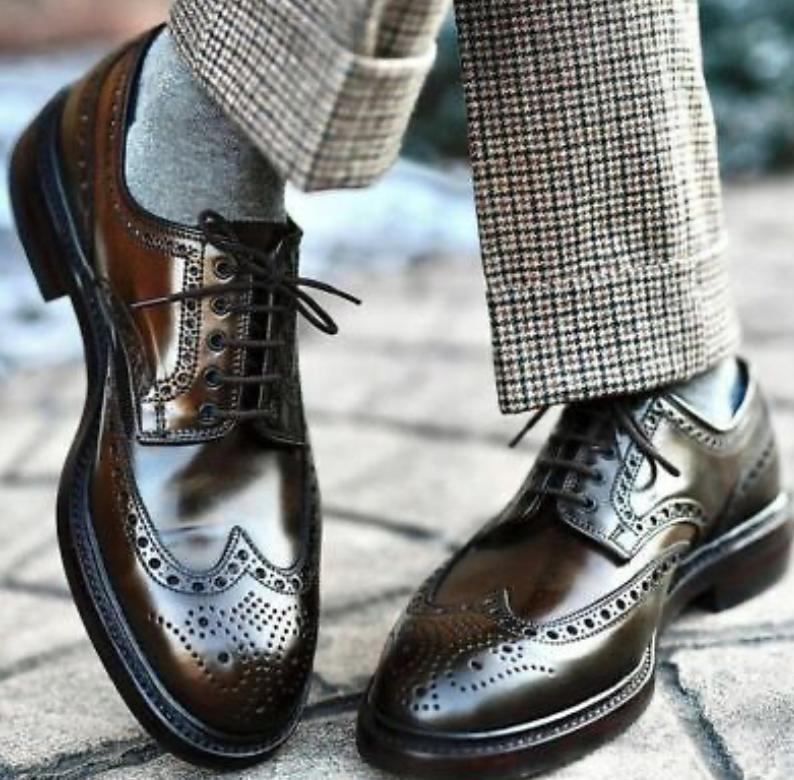
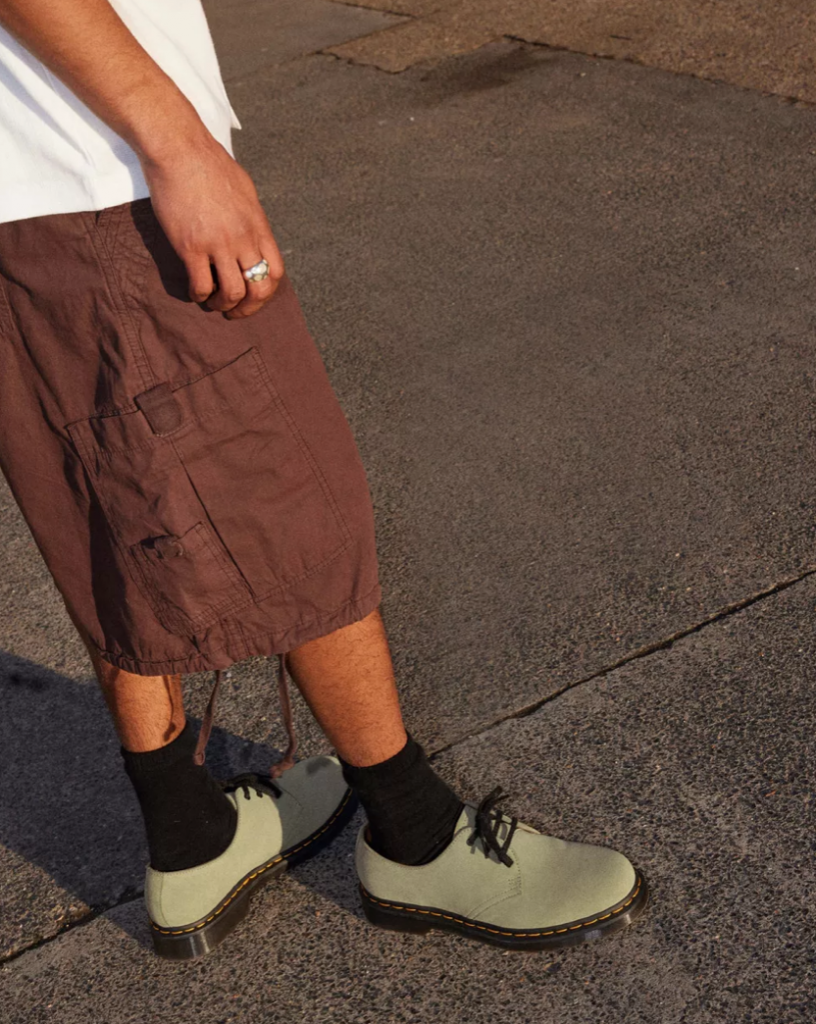
Finally, while penny loafers often have a leather upper, they do not have the same lace closure design that boat shoes or derbies do. Instead, they are a low-profile slip-on shoe, which have a similar design to moccasins. They actually got the name “penny loafer” because young adults would cut the instep of the shoe out and store pennies here, as a kind of ‘rainy day fund’ (Del Toro Shoes). Similar to topsiders, you often cannot see the stitching which connects the sole to the shoe itself, but the penny loafer’s sole has a much wider range of materials; that is, there are penny loafers which have a rubber sole, but traditionally, their soles are usually made of leather or suede (Hockerty). Moreover, similar to derbies, they are often regarded as a slightly elevated option compared to the more rugged boat shoe, although they can certainly be worn in casual settings as well.

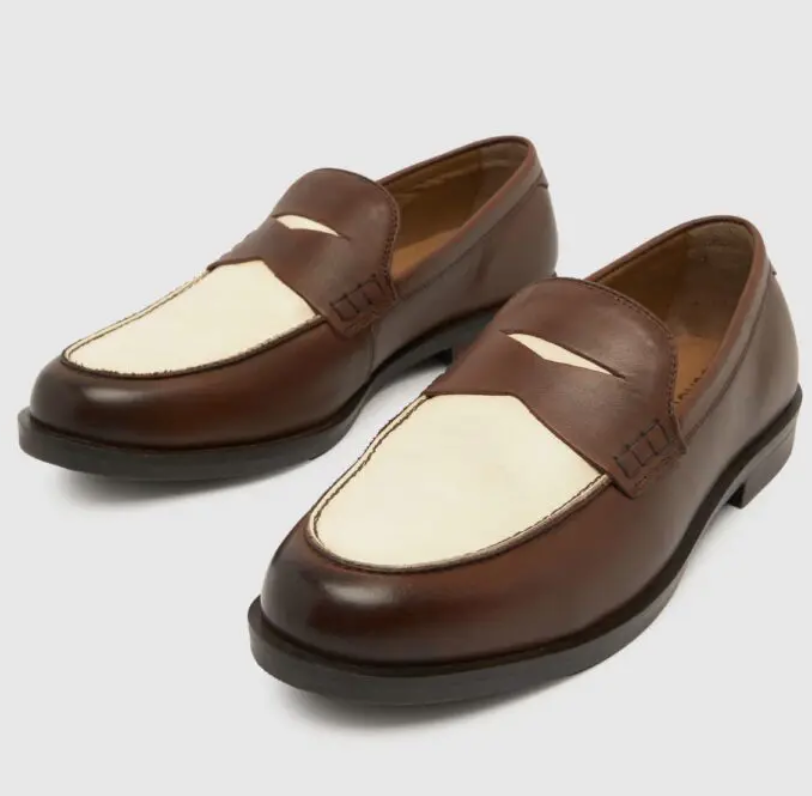
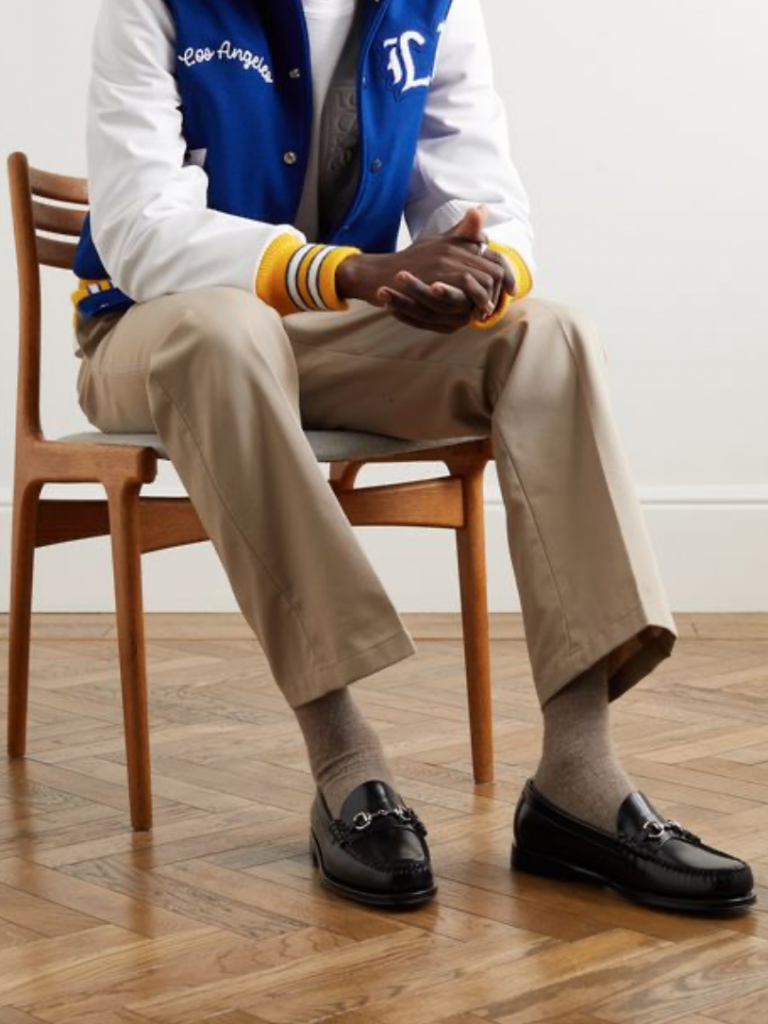
My Opinion
Despite my somewhat traumatic memories of boat shoes from the awkward days of middle school, I am personally optimistic about this trend. I think coastal style as a broader aesthetic is quite timeless, in that it always looks elegant. That being said, I don’t know if I will be picking up a pair of boat shoes, only because I already own multiple pairs of penny loafers which I love. If I do end up investing in a pair, however, it would either have to be the Timberland C.F. Stead Stone Street Platform Boat Shoes in indigo suede, or their Stone Street Boat Shoe in burgundy.
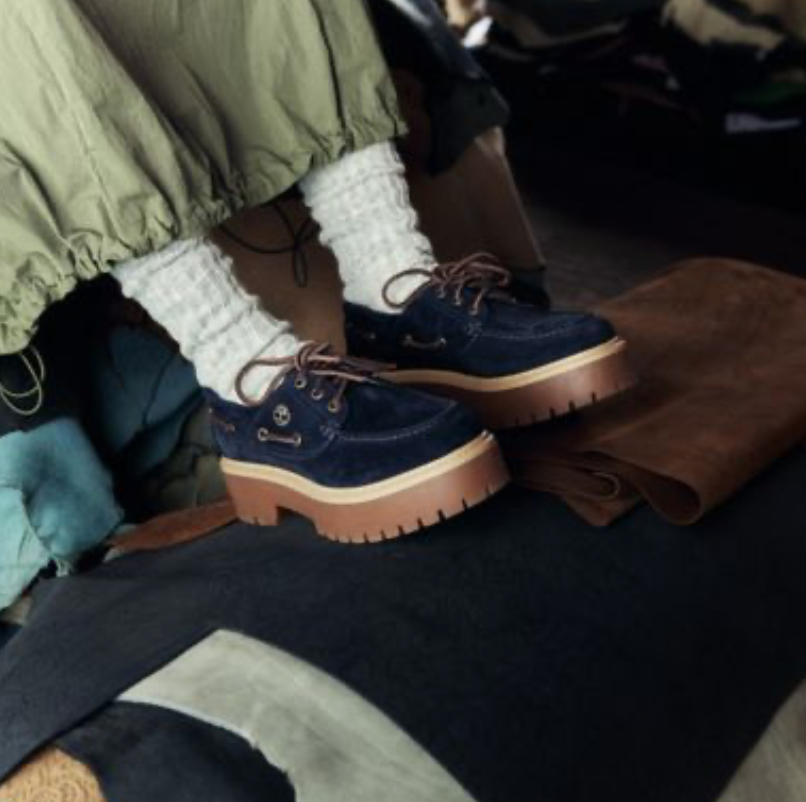
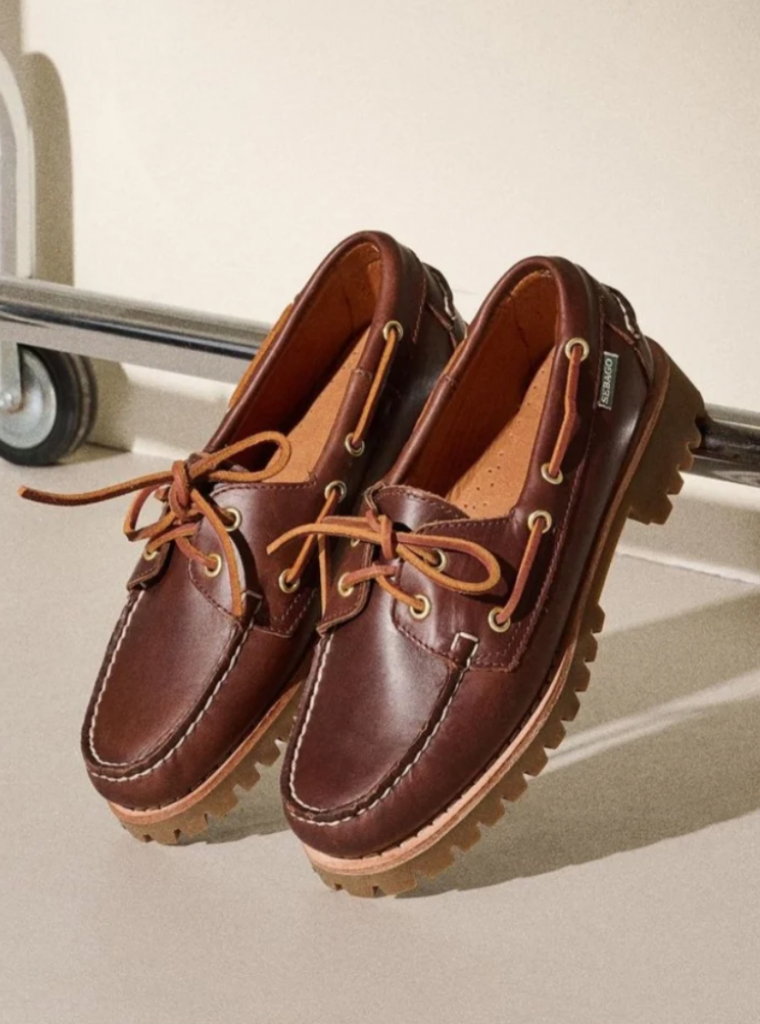
In any case, boat shoes are certainly back. I am very excited to see how people reinvent them and incorporate them into their personal style, and whether they’ll sink or swim in the long-term.
